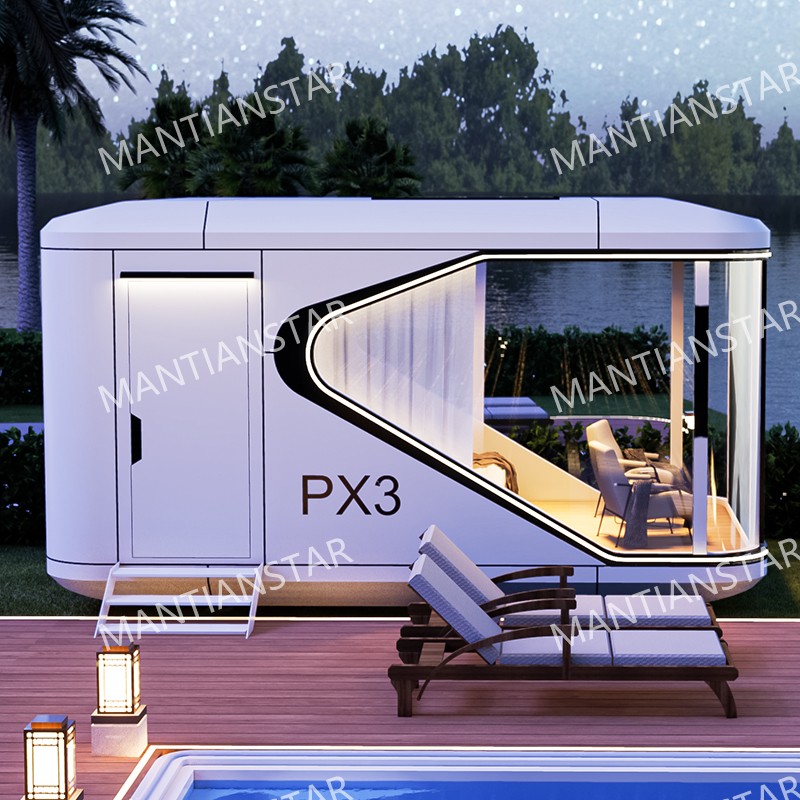
Capsule House: Why It’s the New Trend for Tiny Home Lovers in 2025
In 2025, the housing landscape is witnessing a remarkable shift, with capsule houses emerging as a frontrunner in the tiny home movement. These compact dwellings, marrying innovation, functionality, and style, are captivating the hearts of those yearning for a simpler, more sustainable, and affordable living alternative.
Origins and Evolution of Capsule Houses
Design Features that Make Capsule Houses Stand Out
Space – Saving Ingenuity
Capsule houses are masterpieces of space – saving design. Measuring typically between 10 – 30 square meters, every inch of space is carefully utilized. Murphy beds that fold into the wall during the day, multi – purpose furniture pieces like ottomans with hidden storage, and built – in cabinetry are common features. Some capsule houses even have sliding or rotating partitions that can transform a single room into multiple functional areas. For example, a living area can be quickly converted into a bedroom at night by simply sliding a partition.
Portability and Mobility
Many capsule houses are designed to be portable, making them an ideal choice for those with a nomadic lifestyle or who want the flexibility to change their living location. They can be easily transported on a flatbed truck and set up on a suitable foundation in a matter of hours. This mobility aspect is not only convenient for individuals but also for businesses. For instance, capsule houses are increasingly being used as mobile offices, allowing companies to set up temporary workspaces in different locations as needed.
Sustainable Construction
In an era of growing environmental awareness, capsule houses often incorporate sustainable construction practices. They are frequently built using eco – friendly materials such as recycled steel, bamboo, and reclaimed wood. Additionally, many are designed with energy – efficiency in mind. Features like solar panels, energy – efficient windows, and well – insulated walls help to reduce energy consumption, making them a more sustainable housing option compared to traditional homes.
You can watch our video about the space capsule on Facebook.https://www.facebook.com/watch/?v=1461626981526388
Advantages for Tiny Home Enthusiasts
Cost – Effectiveness
One of the most appealing aspects of capsule houses for tiny home lovers is their cost. Compared to traditional homes, the construction materials and labor required for a capsule house are significantly less. The smaller size means lower heating, cooling, and maintenance costs as well. In some cases, a basic capsule house can be constructed for as little as 20,000−50,000, making homeownership a more achievable dream for many who are priced out of the traditional housing market.
Low – Maintenance Living
With their compact size and simple construction, capsule houses are relatively low – maintenance. There are fewer rooms to clean, less square footage of roofing and siding to maintain, and fewer mechanical systems to service. This is particularly attractive to those who want to spend less time on home upkeep and more time enjoying their lives.
Community and Minimalism
The tiny home movement, of which capsule houses are a part, often fosters a sense of community. Many tiny home communities are emerging, where like – minded individuals live in close proximity, sharing resources and a common lifestyle. Capsule houses, with their emphasis on minimal living, also encourage a simpler, more intentional way of life, free from the clutter and excess often associated with larger homes.

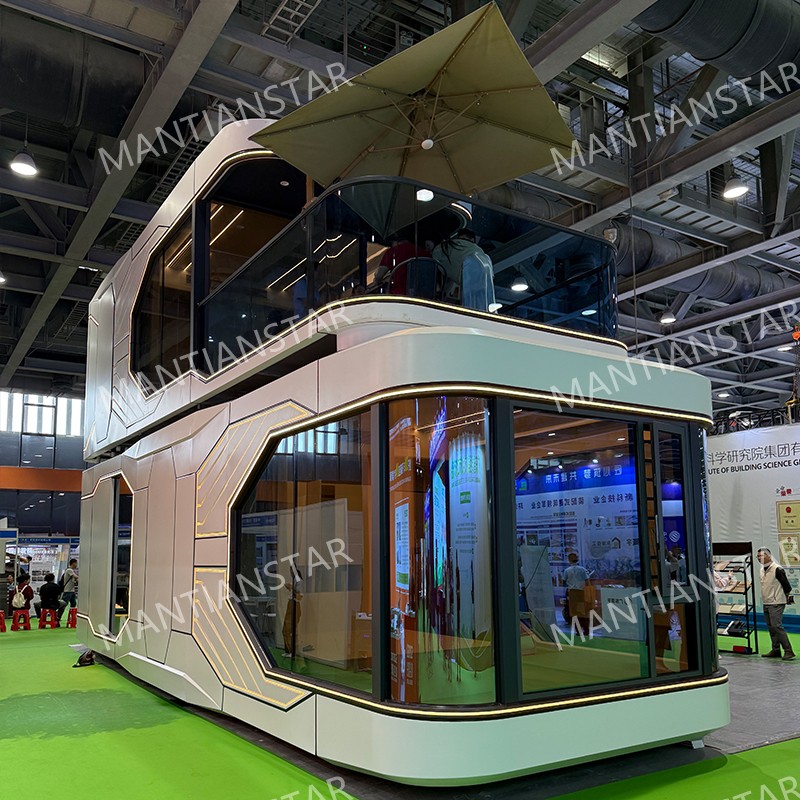
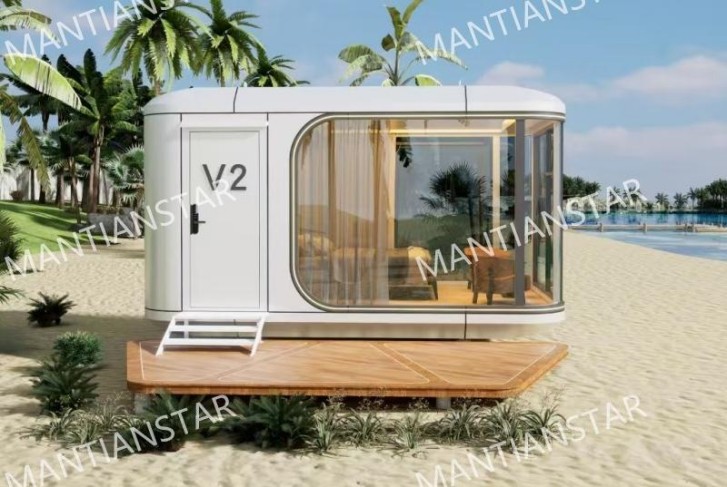
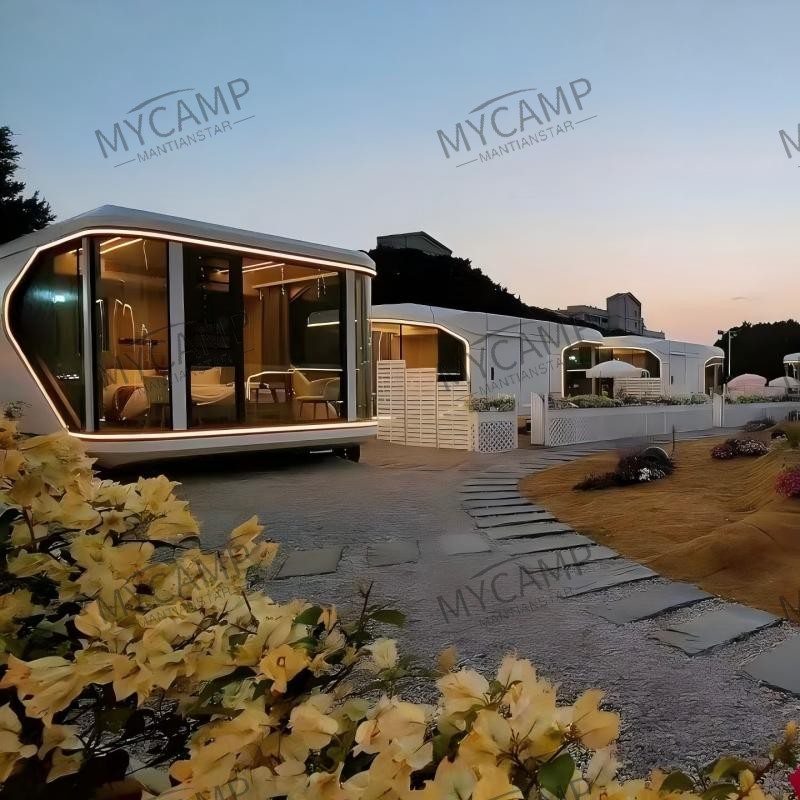
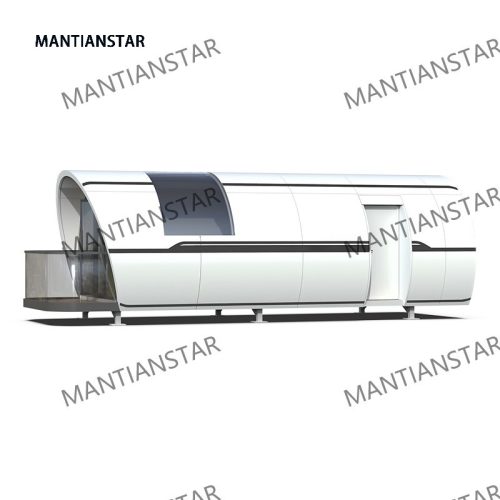
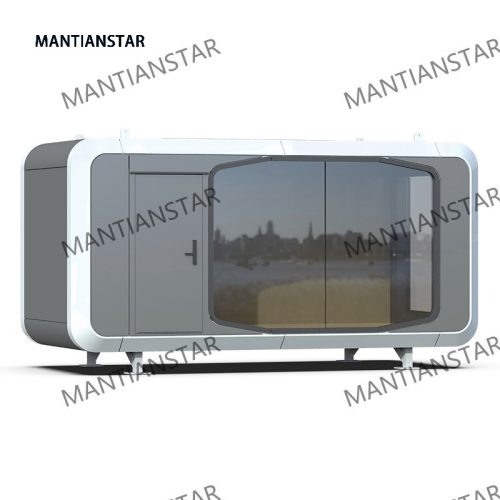
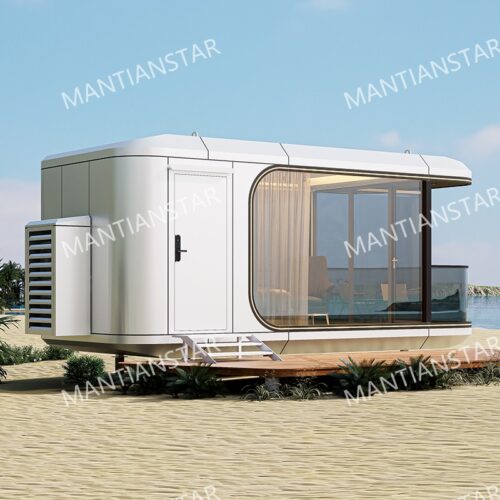
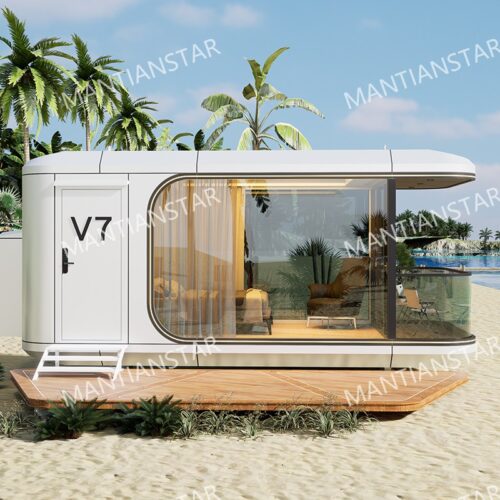
Welcome to leave a message!